Transgender People and Crossdressers: Are They the Same?
Transgender or cross-dresser?
Know and understand the answer via our informative guide, including these terms’ similarities and differences.
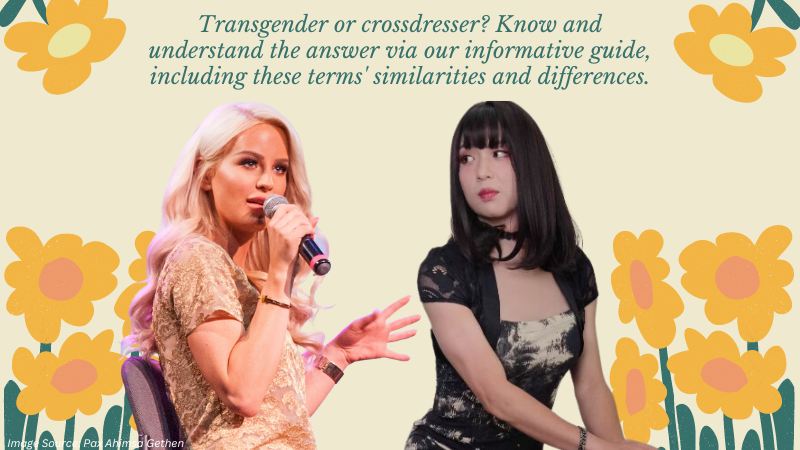
It’s not new to hear people around us use the terms “transgenders” and “cross-dressers” interchangeably.
But these two controversial but also special groups have distinct experiences and identities that it’s unfair to just lump them on one shelf.
But why should we separate their usage? Read on to unlock the answer.
Are Transgender People and Cross-dressers the Same?
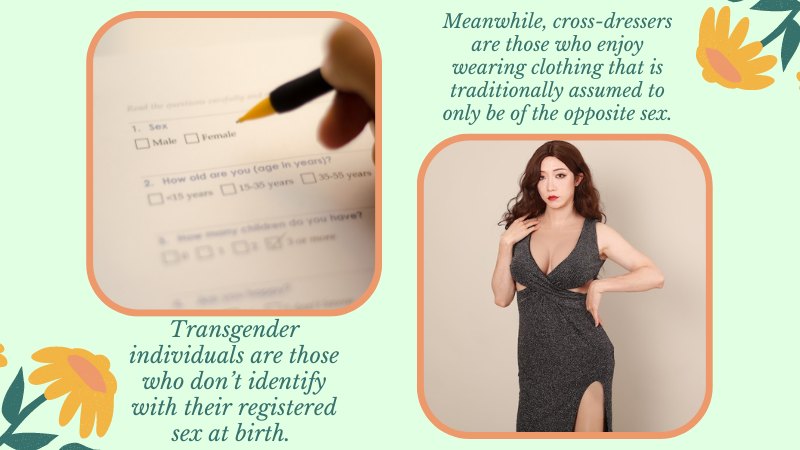
The straightforward answer is no.
Transgender individuals are those who don’t identify with their registered sex at birth.
Its primary focus is on one’s innate sense of self and gender identity.
Meanwhile, cross-dressers are those who enjoy wearing clothing that is traditionally assumed to only be of the opposite sex.
It’s an activity to express one’s self, but it doesn’t necessarily involve gender identity.
Many transgenders participate in the act of cross-dressing.
These are transgenders who are also cross-dressers.
On the other hand, one is not required to be a transgender person to cross-dress.
You can cross-dress even if you don’t identify as a transgender individual.
Before we continue further down this road, let’s get you acquainted with these particular terminologies:

A quick overview of terms you might not be familiar with
- Gender at birth or assigned sex at birth is a medical label you’re given once you get out of your mother’s womb. This label considers factors such as the genitals, chromosomes, and hormones. It can also be referred to as your sex registered at birth.
- Gender roles relate to societal assumptions imposed on each one of us. It’s how communities assume one to behave and act based on traditions and social interests.
- Gender identity is one’s innate or intrinsic sense of self. It’s the gender you feel most comfortable with and can be different from your assigned sex at birth.
- Gender expression is how one presents their gender identity. It’s typically through how they dress and behave.
What is a “Transgender”?
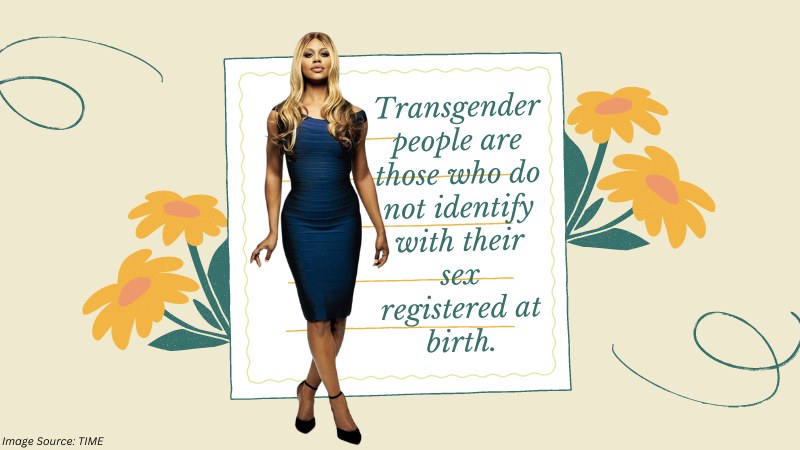
Transgender people are those who do not identify with their sex registered at birth.
If you ask us, transgender people can be described by one word: bravery.
They challenge the tide; they question the norm.
They have a strong understanding of who they are inside and know it’s not the same as the one they were initially labeled with.
It’s also necessary to remember that gender isn’t just male and female.
Non-binary transgender people proudly embrace identities that challenge this binary concept.
This is the category where genderfluidity or genderqueerness falls.
Gender Dysphoria in Transgenders
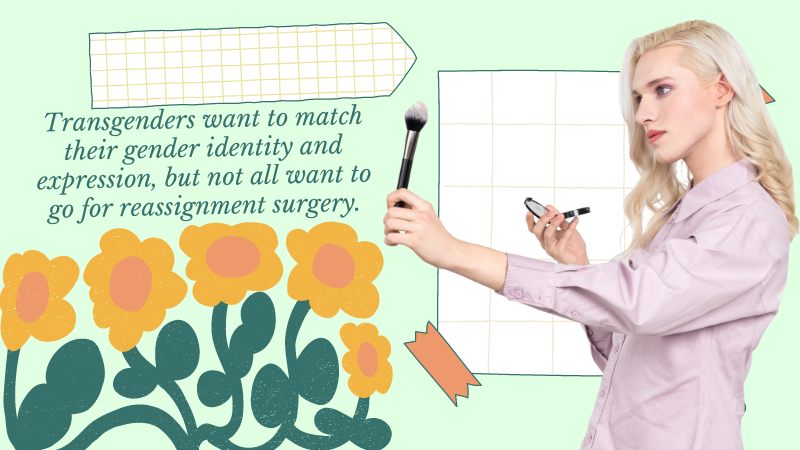
Some, but not all transgender people have gender dysphoria or feel like they’re not in the body they’re supposed to be.
Here’s another important thing to note: Transgenders want to match their gender identity and expression, but not all want to go for reassignment surgery.
There are those who feel a strong desire to transition physically so their appearance aligns with what they feel inside.
But not all transgender people share the same urgency. Some don’t even want to start any hormone replacement therapy.
This is because each person’s experience is different.
Transgender individuals have their personal reasons and beliefs for taking or not taking this change.
No matter their decision, it must be respected at all times.
Transgenders Vs. Transexuals

Transexuals are those who transitioned via medical interventions.
Transexuals fall under the transgender spectrum.
But keep your attention to this: Although both desire to suit their physical body to their gender identity, not all transgender people are transsexual.
An important reminder: To be sure your transgender acquaintance is comfortable, ask what term they prefer for you to use when referring to them.
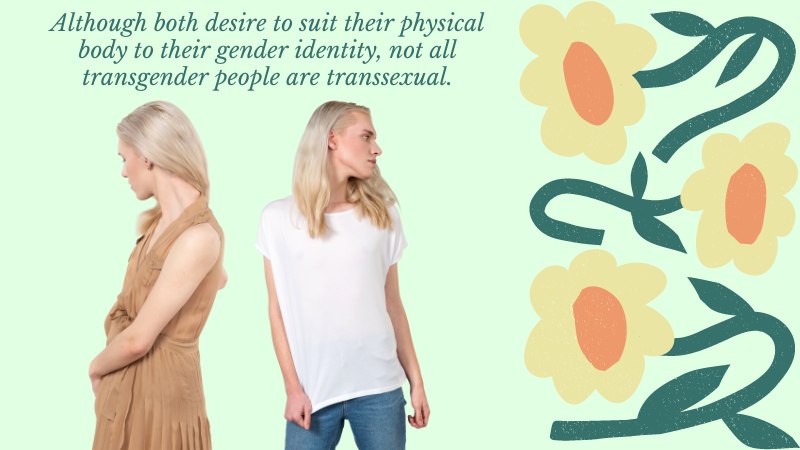
At the heart of the transgender movement is one’s yearning to live authentically.
No two humans are the same, so our journey is unique to each of us.
It’s also why one’s journey is not something any society can limit or dictate.
What is a “Crossdresser”?
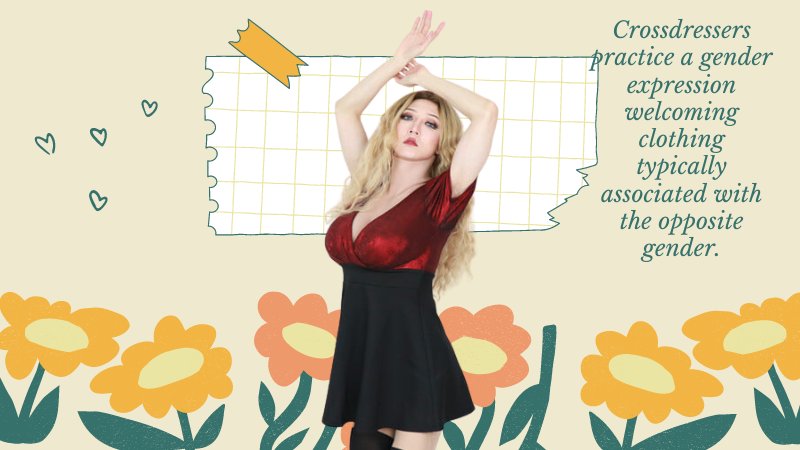
Cross-dressers practice a gender expression welcoming clothing typically associated with the opposite gender.
In cross-dressing, cross-dressers can take their presentation above mere clothing.
They can also act and behave like the sex opposite theirs.
Do crossdressers identify with their gender at birth?
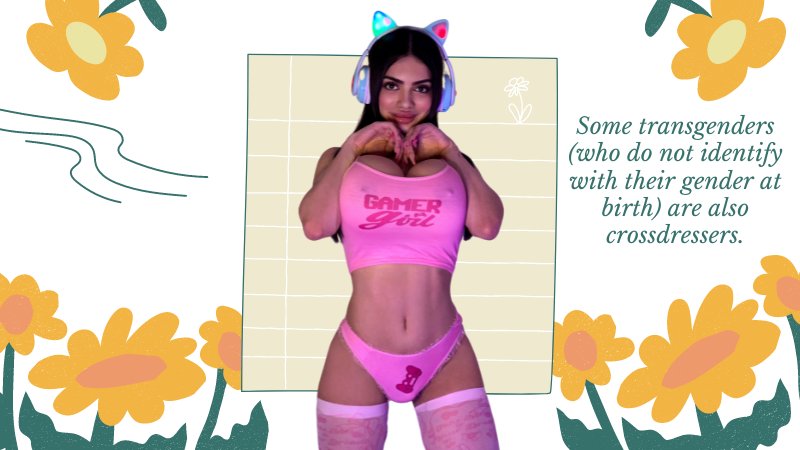
Some do, some don’t.
As previously mentioned, some transgenders (who do not identify with their gender at birth) are also cross-dressers.
But there are also cisgender people who cross-dress.
Cisgender individuals are those who identify with their gender at birth.
Why do people crossdress?

Who’s a famous cross-dresser you know?
You might have heard of Mark Bryan, the “straight, cis male who loves wearing heels and skirts,” as per his Instagram bio.
Check out his @markbryan911 account to observe how he carries himself.
Now, compare him with Atlanta’s perhaps most famous (and richest) cross-dresser, Tyler Perry.
In what area do they differ? Are there any features they share?
You’ll realize that even if cross-dressers have the same passion for the opposite sex’s clothing, they still have their own mannerisms, interests, and ways of interacting socially with others.

On the same page, many cross-dress for a variety of reasons.
Some crave fashion that echoes their intuitive sense of self.
Others do so to feel more empowered.
Cross-dressing is also a way for others to be more sexual.
It may be through heightened arousal or enhanced sexual interactions.
Crossdressing and Gender Expression
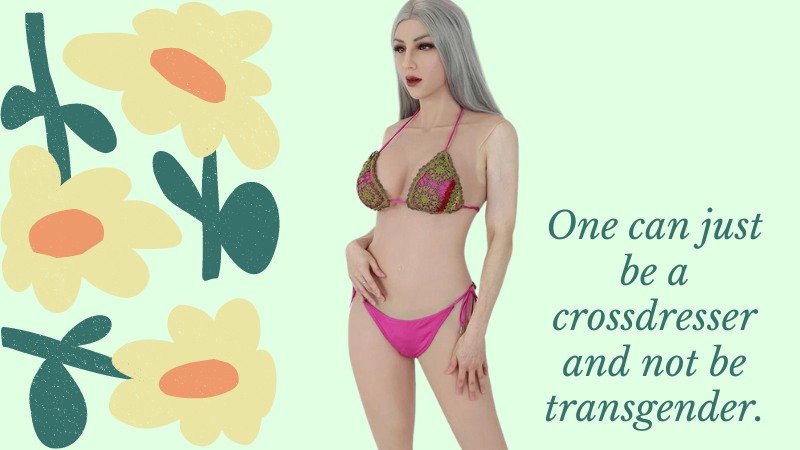
Think of cross-dressing as a giant billboard you see by the side of the highway.
And what does it advertise? Gender expression.
One can just be a cross-dresser and not be transgender.
This is a common mistake many assume.
Some cross-dressers love exploring alternative gender expressions but still identify with their assigned sex at birth.
Some can be transgender and therefore cross-dress to present a part of their inner sense of self to the world.
There are different levels to cross-dressing, too. Some cross-dress to blend in and really be seen as the opposite gender.
Others may prefer subtle shifts in their expression.
For example, some may want to wear undergarments common to the opposite sex while maintaining their primary gender presentation.
Can someone be transgender and a crossdresser?
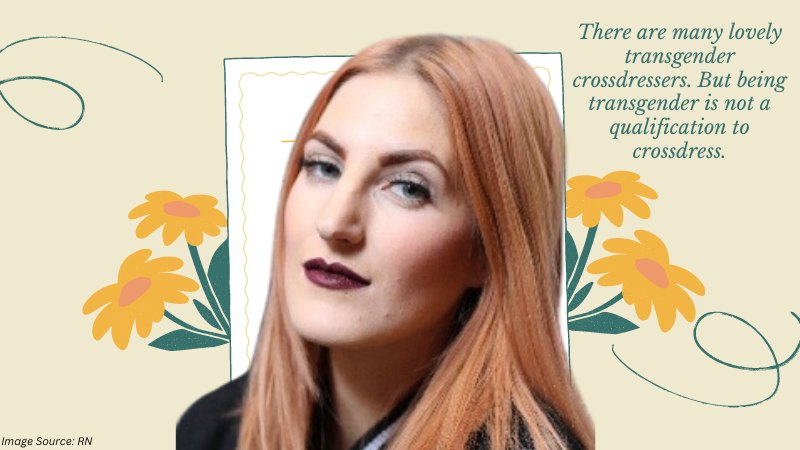
Yes, but not definitely. There are many lovely transgender cross-dressers.
But being transgender is not a qualification to cross-dress.
Many transgender people are cross-dressers to fully present the body they are comfortable sharing with the world.
It’s also possible that someone starts to cross-dress to feel more comfortable in their physical shell.
Soon, they may identify as a transgender person.
Others may realize they have gender dysphoria and want to transition physically.
Conclusion
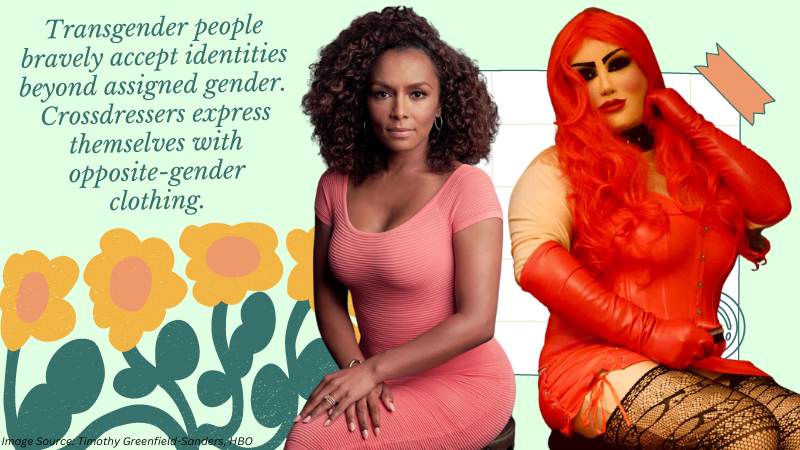
Can you now distinguish the difference between transgender individuals and cross-dressers? Here’s an easy recap:
- Transgender people bravely accept identities beyond assigned gender.
- Cross-dressers express themselves with opposite-gender clothing.
So why are we pointing out the distinctions between these terms? It’s because we push for inclusivity and understanding when we do so.
Transgenders and Cross-dressers: FAQs
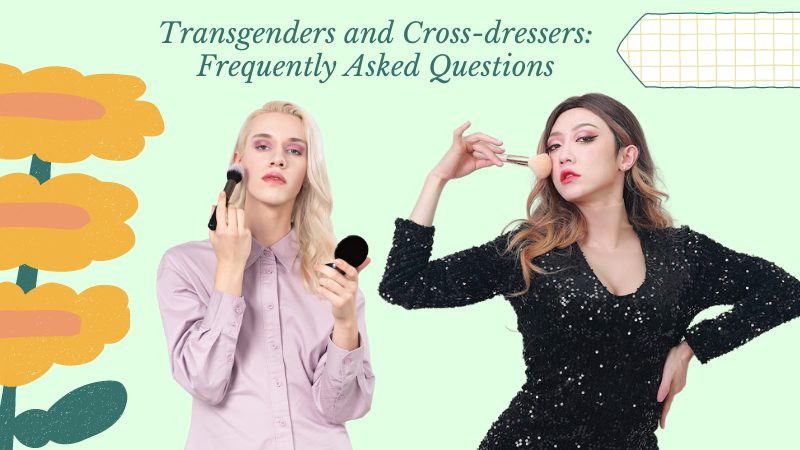
What’s the difference between transgender and cross-dressing?
Transgender persons disagree with their sex registered at birth.
They long to discover their authentic selves because they know their innate sense of self well.
Meanwhile, cross-dressers adopt clothing typically linked to opposite genders.
Simply, the topic of transgender is about gender identity.
Cross-dressing encloses gender expression.
Do crossdressers have gender dysphoria?
Not necessarily. Some crossdress without gender dysphoria.
They just want to don on clothes commonly linked to the opposite gender.
There are also those who crossdress to feel content in their physical presentation.
Those who realize they are transgender people via cross-dressing may or may not have gender dysphoria.
What are the benefits of crossdressing?
Cross-dressing authorizes self-expression with no limit.
It dares the norms and urges individuals to confront their true identity.
It’s a powerful medium for feeling empowered through increased confidence and self-awareness.
What gender role is crossdressing?
Cross-dressing blurs conventional gender roles.
It’s a powerful tool to underscore the complexity of gender beyond society’s interests and assumed roles.
What does crossdressing mean?
Cross-dressing involves wearing clothing of a gender other than one’s sex registered at birth.
It mostly concerns clothing but also behaviors and mannerisms expected of the opposite gender.
What is the meaning of transgenderism?
Transgenderism is the experience of not identifying with the sex one’s assigned to at birth.
It borders diverse identities beyond the binary concept.
Established in 2009, We are a recognized manufacturer and seller of professional crossdressing products.
It is our aim to become not just the most creative manufacturer but also a very considerate seller, as we provide the best quality products for crossdressers all around the world.










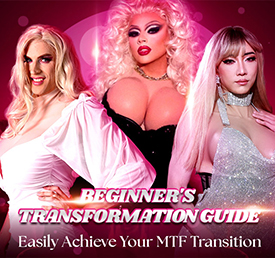








 Breast Forms
Breast Forms  Body Suit
Body Suit  Realistic Mask
Realistic Mask  Femini Girdle
Femini Girdle Hip & Butt Enhancement (8)
Hip & Butt Enhancement (8) Penis Prosthesis
Penis Prosthesis Fake Muscle
Fake Muscle Bikini
Bikini  Wig
Wig  Corsets
Corsets Course
Course service@roanyer.com
service@roanyer.com +8618652200711
+8618652200711 Facebook
Facebook YouTube
YouTube Twitter
Twitter Instagram
Instagram




